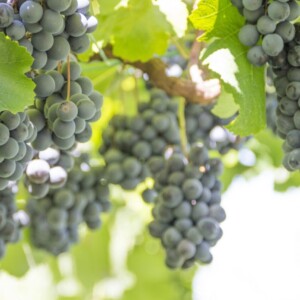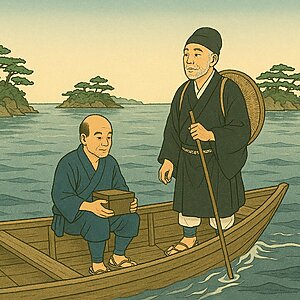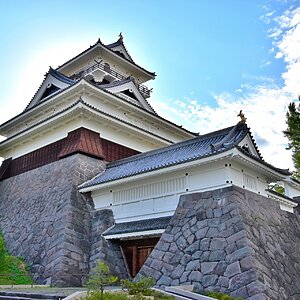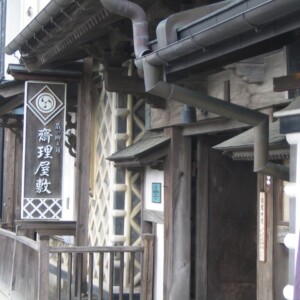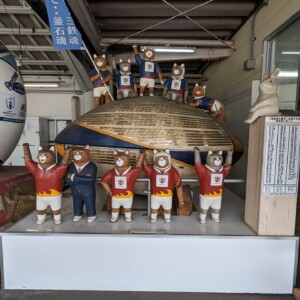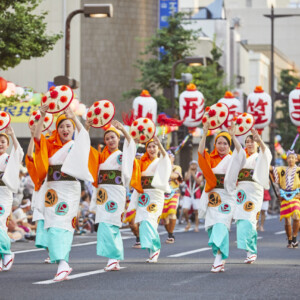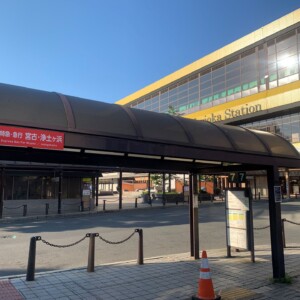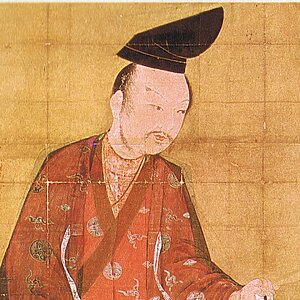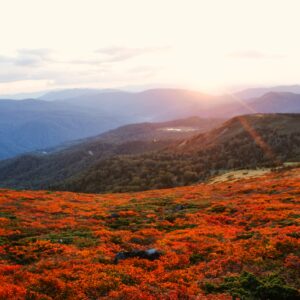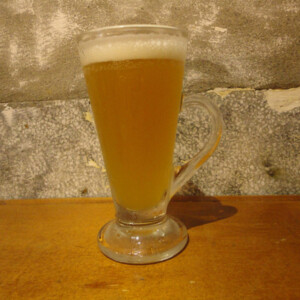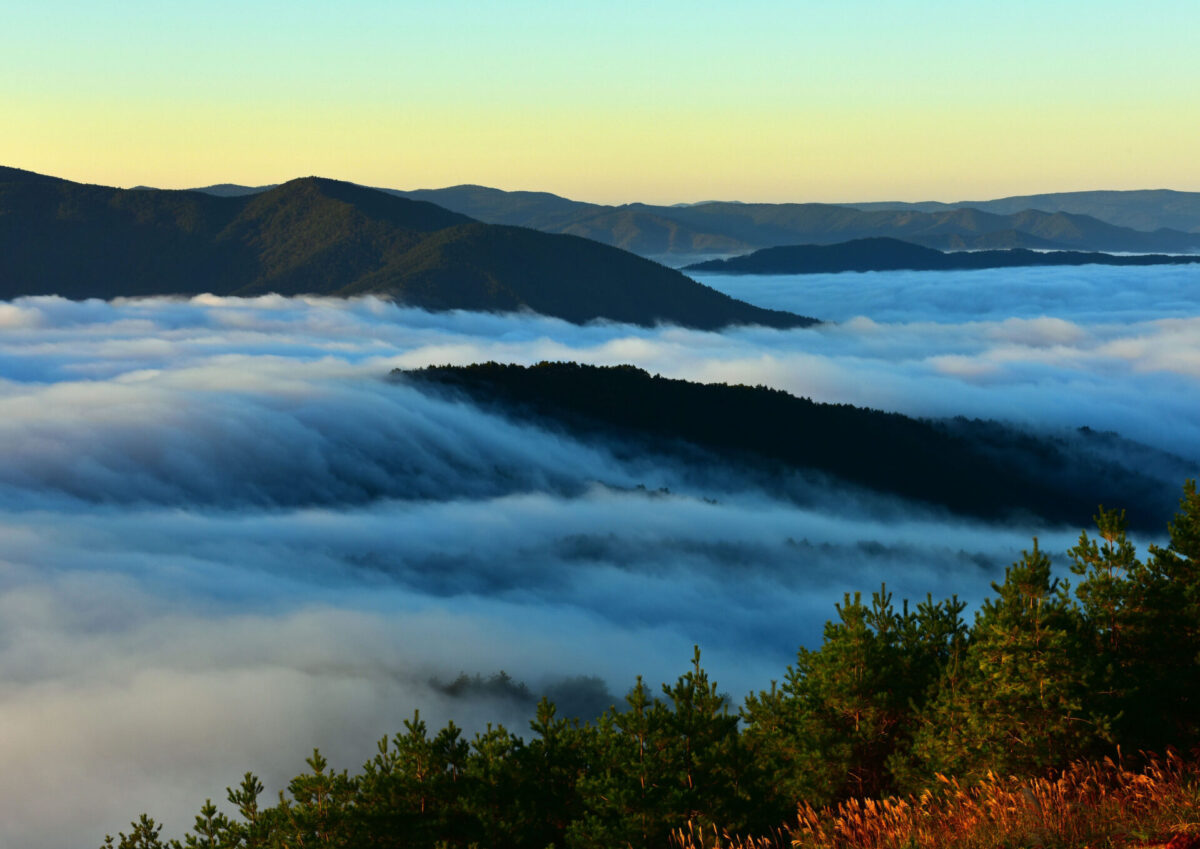
The Complete Guide to the Mysterious Things of Tono, Iwate - Yokai Legends and Unknown Trivia
table of contents
- 1 What is Tono, the Village of Strange Things?
- 2 Representative yokai of Tono
- 3 The strange world depicted in "The Tales of Tono"
- 4 The relationship between the mysterious happenings and Tono's natural scenery
- 5 Enjoy the mysterious culture of modern Tono
- 6 Conclusion: The charm of Tono, where the supernatural still lives today
What is Tono, the Village of Strange Things?
Tono City in Iwate Prefecture has long been known as a "treasure trove of strange things." The widespread popularity of folklorist Kunio Yanagita's famous book, "The Tales of Tono" (1909), led to the introduction of numerous tales of supernatural creatures and mysteries, including kappa and zashiki-warashi, all across the country.
Even today, the supernatural is passed down as a living culture through tourist spots and local events. Today, we will introduce the supernatural legends of Tono from a trivia perspective
Representative yokai of Tono
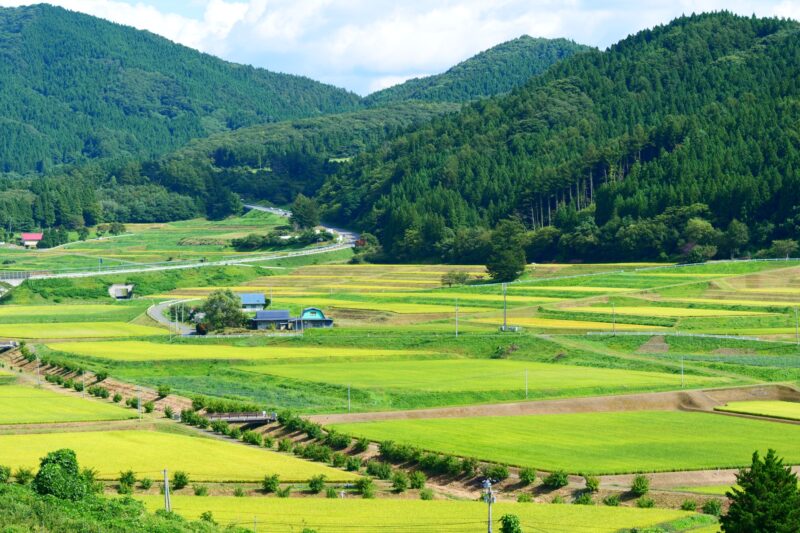
Among the monsters of Tono's legends, the most famous and beloved are the kappa, zashiki-warashi, and tengu . All of these have been passed down through the ages, and while they are sometimes feared and sometimes loved, they continue to live on as symbols of Tono.
Kappa - the lord of the river
When talking about the supernatural phenomena of Tono, the first thing that comes to mind is the kappa. terrifying creatures that live in the depths of rivers and pull people and horses into the water . However, there are also stories of them being helpful, such as teaching people how to treat injuries. The most famous setting for these creatures is the Kappa Pool at Jokenji Temple , which still attracts many tourists today.
★Trivia point:
Cucumbers are well known as kappa's favorite food, but there is also a unique record in the "Tales of Tono" that says they will become attached to you if you give them sake.
Zashiki Warashi - Children who bring good fortune
Zashiki-warashi are monsters that take the form of children and live in houses, and are said to bring happiness to the home. that a house where a zashiki-warashi lives will prosper, and when it leaves, it will decline , so people have treasured their existence. Even today, there are inns in Tono City and in the Kindaichi Onsen area of Ninohe City, Iwate Prefecture, that are known as "inns where zashiki-warashi appear," and they are popular among tourists.
★Trivia point:
Zashiki-warashi were not simply "children who bring good luck," but in fact they also loved to play pranks. There are stories of them hiding adults' belongings and making footsteps in the middle of the night to startle people.
Tengu - A resident of another world who protects the mountains
One of the most memorable supernatural creatures associated with the mountains of Tono is the Tengu. Sometimes they are depicted as mountain ascetics, and other times as crow-like creatures. there are also stories of them appearing as "masters" who impart wisdom and skills to practitioners
★Trivia point:
Tengu's "long nose" is often seen as a symbol of arrogance, but in Tono there is also a theory that it represents the strength of the spiritual power of the mountain.
The strange world depicted in "The Tales of Tono"
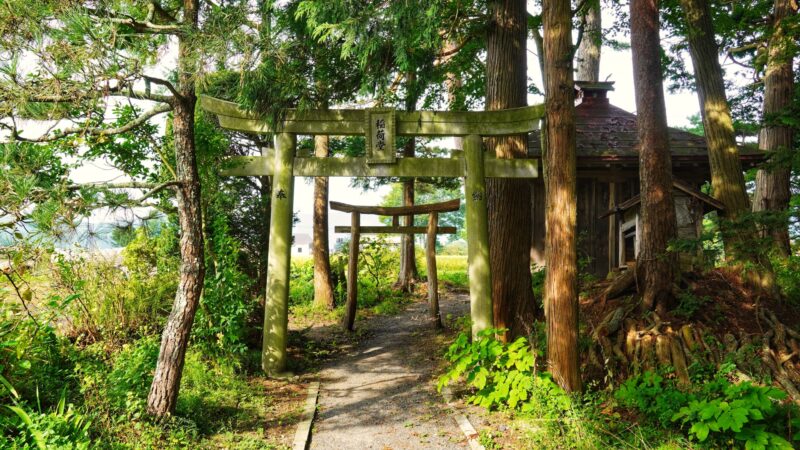
It was folklorist Kunio Yanagita's classic work, "The Tales of Tono," that brought the strange happenings of Tono to the nation's attention. Published in 1909 (Meiji 42), this book the earliest systematic records of Japanese oral literature and folk beliefs . It is not simply a collection of ghost stories, but can also be described as a "folk record" that directly reflects the lifestyles and views of nature of the people of that time.
What kind of book is "Tono Monogatari"?
"The Tales of Tono" was compiled and organized by Yanagita Kunio from stories collected by Tono native Sasaki Kizen (who Yanagita called "Japan's Grimm"). It consists of 119 stories, and includes not only tales of supernatural creatures such as kappa, zashiki-warashi, and tengu, but also mountain life, marriage customs, and views on life and death. In other words, it is a book in which "folk tales" and "life histories" coexist
Kappa and the Tales of Tono
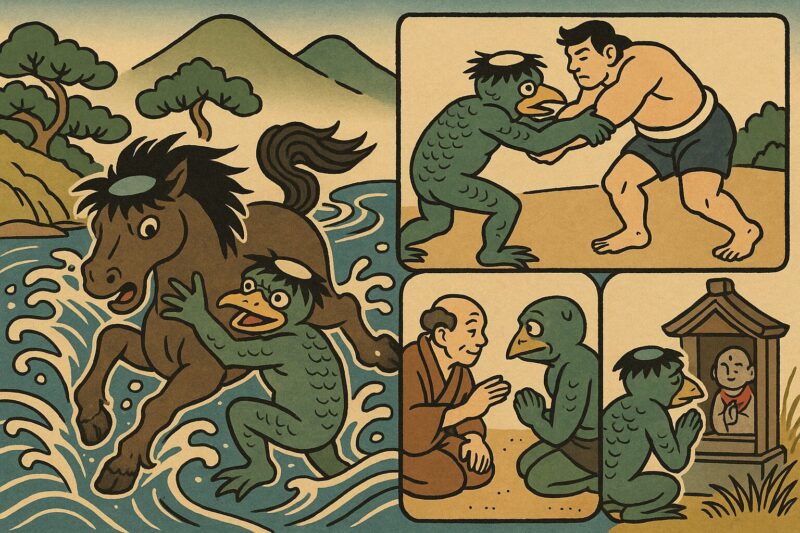
In "The Tales of Tono," kappa are depicted not simply as monsters, but as beings that symbolize the "fear of rivers." It is thought that the deaths of people who drowned in rivers were described as being "pulled in by a kappa," which a warning against the dangers of waterside areas . There are also stories of kappa imparting medical knowledge to humans, and these strange occurrences were interpreted as wisdom that could be useful in people's lives.
★Trivia:
The Tales of Tono contains a story about a villager cutting off a kappa's arm. The kappa later returned to beg for the arm to be returned, and this anecdote is known as a rare example of "humans communicating with another world."
Zashiki-warashi and the Tales of Tono
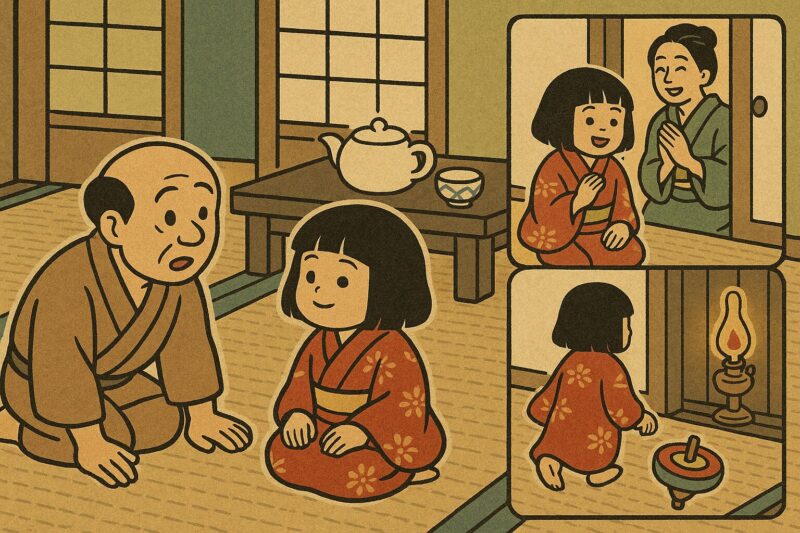
Zashiki-warashi also appear repeatedly in the Tales of Tono. While they are depicted as beings that inhabit wealthy homes and bring prosperity to them, there are also stories recorded of their disappearance bringing ruin to the family. The people of Tono revere these beings and have passed down stories of them as a symbol of the spirit of cherishing one's home
★Trivia:
Kunio Yanagita interpreted the legend of the Zashiki-warashi as "a manifestation of folk beliefs that find spirituality in the house itself." It is a unique case even among Japanese yokai legends that a supernatural being is considered a "sign of happiness."
Tengu and the Tales of Tono
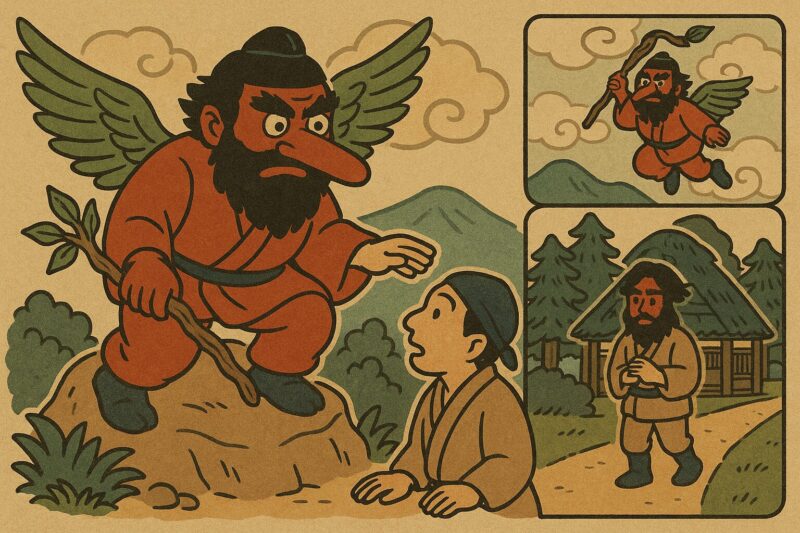
The Tales of Tono also contains anecdotes about tengu, one of the most representative supernatural creatures associated with the mountains. When ascetics or villagers disappeared in the mountains, they were said to have been "abducted by tengu." Tengu are fearsome creatures that lead people astray, but they are also spiritual beings closely connected to mountain worship and Shugendo
★Trivia:
The Tengu that appear in "The Tales of Tono" do not necessarily have long noses, but are sometimes depicted as black shadows or strong winds. This also shows that the image of Tengu has changed over time and region.
Strange events reveal wisdom for daily life
The supernatural phenomena in "The Tales of Tono" are not just stories meant to frighten people. Tales of kappa that prevent river accidents, zashiki-warashi tales that teach the importance of cherishing one's home, and tengu tales that convey a sense of fear towards mountains. All of these stories functioned as "wisdom for life" that supported people's lives. These stories suggest that the supernatural phenomena were by no means unrealistic, but were inseparable from real life.
The relationship between the mysterious happenings and Tono's natural scenery
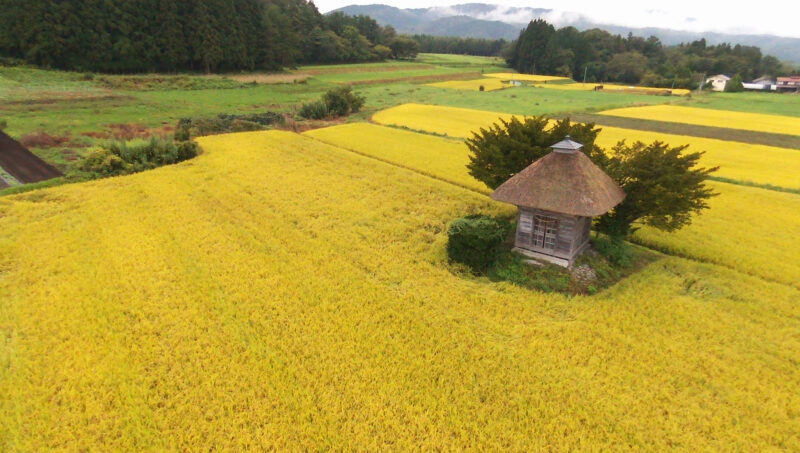
Tono's supernatural legends are inseparable from the natural environment in which the people lived. The landscape itself, including mountains, rivers, and forests, was mysterious and sometimes frightening to the people. Supernatural events were born as "stories" to help people understand this nature and share their awe
The connection between mountains, rivers, forests and the supernatural
Tono is surrounded by mountains on three sides and is blessed with clear streams and forests. While this rich natural environment supports people's lives, it also poses a threat to their lives
- Mountains are a place where people talk about "Tengu" and "mountain gods" as the background to disappearances and accidents
- The river is a setting where memories of drowning and flooding are linked to "kappa" and "water spirits."
- The forest is dark even during the day, and it was believed that beings beyond human comprehension lurked there
In other words may have been a personification of nature itself
The reason why awe and respect for nature gave birth to legends of the supernatural
In the days before modern flood control and mountain trails, nature was seen as possessing immeasurable power. To understand its terror and wonder, people gave natural phenomena a "face" and turned them into easy-to-tell stories
- Flood → Kappa's work
- Disappearance in the mountains → Kidnapped by Tengu
- Mysterious sounds in the forest → Voices of spirits and monsters
These interpretations not only alleviated fears, but also served to instill a "respect for nature" in the community. Strange phenomena were also a means of wisdom to ensure that the dangers of nature were not underestimated
Legends of strange happenings depending on the season and time of day
The strange happenings of Tono are often associated with time and seasons
- The legend that if you approach a river on a summer evening, you will be pulled in by a kappa is a sign of the dangers of waterside areas
- Stories about encountering Tengu or mountain gods in the mountains in winter are fables that convey the horror of snowy mountains
- Midnight and the hour of the Ox were considered "boundary times" when supernatural phenomena were more likely to occur, and this became an excuse for forbidding children from going outside
In other words, strange phenomena the rhythms of nature and the daily routines of humans , and can be seen as a mechanism for protecting people's lifestyles.
Enjoy the mysterious culture of modern Tono
Tono is a "treasure trove of supernatural legends," and at the same time, it is also a city where you can enjoy them as a tourist resource. By actually visiting places associated with monsters and participating in events where folk tales are told, you can experience the "experiential Tono Tales" in a way that goes beyond reading a book. We have picked out some spots where you can experience the supernatural culture.
Kappafuchi
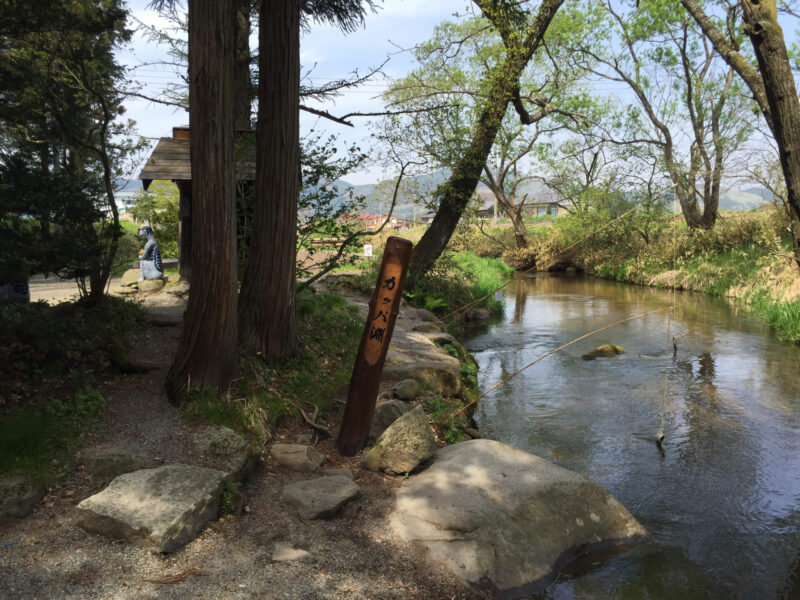
The most famous yokai spot in Tono is Kappa Pool, located behind Jokenji Temple. Looking down at the river from the wooden bridge over the small stream, it feels as though a kappa might appear at any moment. The tourist information center sells a unique Kappa Capture Permit , which is a popular souvenir of your trip.
Information
- Name: Kappa Pool
- Location: Tsuchibuchicho, Tono City, Iwate Prefecture
- URL: Tono City Tourism Information Site "Tono Time"
Google Map
An inn where zashiki-warashi are said to appear
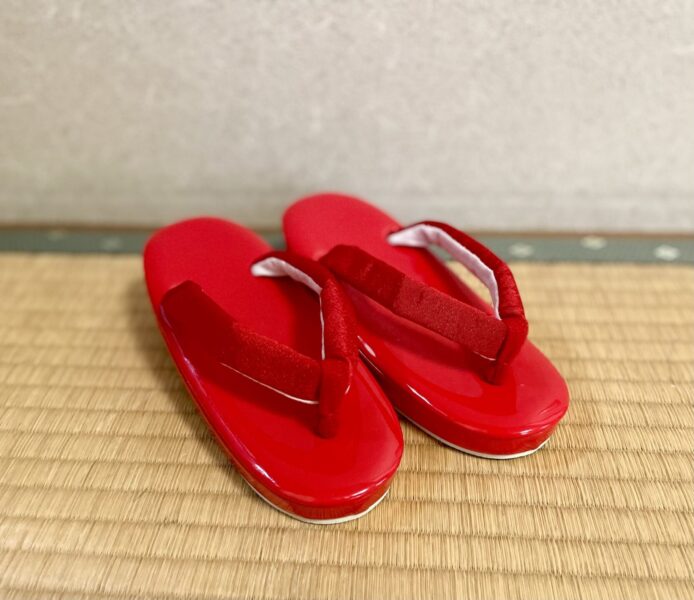
Tono has several lodgings known for being haunted by zashiki-warashi. Among these, the long-established inns and guesthouses have earned the reputation of being places where guests can experience mystical experiences that go beyond just sightseeing, with some saying that they felt the presence of a child or that a zashiki-warashi appeared in their dreams.
Information
- Name: Minshuku Otogi-ya
- Address: 2-7 Shinkokucho, Tono City, Iwate Prefecture
- Phone number: 0198-62-3862
- URL: Minshuku Otogiya official website
Google Map
Tono hometown village
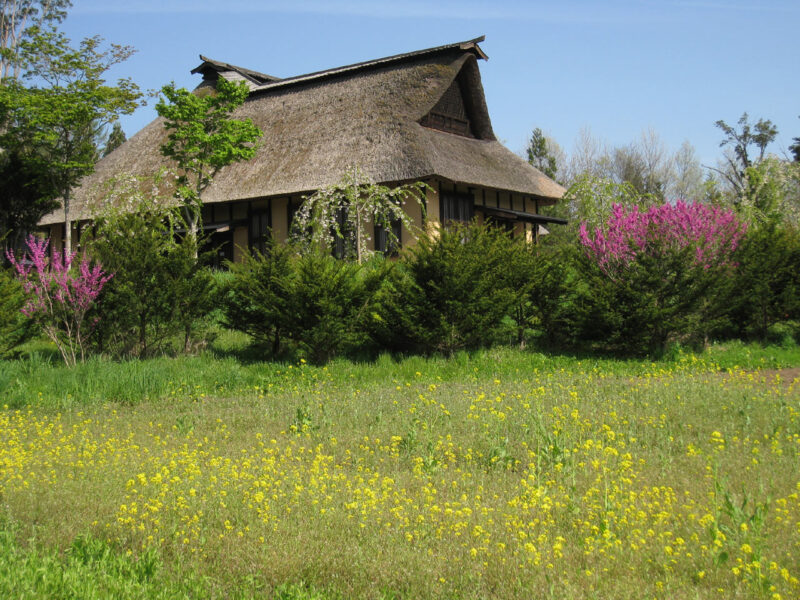
If you want to experience folklore, you can't miss Tono Furusato Village. In this village of relocated thatched roof houses, you can listen to old stories told by storytellers and try your hand at farming and folk crafts. The attraction is that you can experience not only the ghosts and strange phenomena, but also the whole life of the time.
Information
- Name: Tono Furusato Village
- Address: 5-89-1 Uematsukeumaushi, Uematsukemachi, Tono City, Iwate Prefecture
- Phone number: 0198-64-2300
- URL: Tono Furusato Village Official Website
- Opening hours: March to October 9:00-17:00, November to February 9:00-16:00
- Closed: New Year's holiday, winter holidays, every Wednesday from January to February
Google Map
Conclusion: The charm of Tono, where the supernatural still lives today
The strange phenomena of Tono are not just old tales or superstitions, but are a part of the wisdom of daily life that respects nature and values connections with people. Even if you are visiting as a tourist, you can experience the "primal landscape of the Japanese heart" through the yokai.
The next time you visit Tono, why not listen carefully to the signs of the strange phenomena that live there, rather than just visiting the tourist attractions?



![[Tono, Iwate Prefecture] “Tono Monogatari no Yakata” allows you to experience old tales for yourself! Let's explore the hometown of monsters on a rental bicycle 205+Tono City_Toono Story House⑤_(Winter)](https://jp.neft.asia/wp-content/uploads/2018/11/d0c9879bf06d2bd9264d631e0fc08553-150x150.jpg)
![[Akita Prefecture] 4 famous waters in Akita Prefecture and the Arayawakusui group in Akita City! Delicious rice and local sake are works of art made with famous water. Akita Namizu](https://jp.neft.asia/wp-content/uploads/2023/02/e6ebd0ade3b21287ced45ea8ee04fe2b-150x150.jpg)
![Is one of the three most immovable Japanese people in Miyagi Prefecture? Shirauoyama Daitokuji Temple and Yokoyama Fudoson in Tome City [Miyagi Prefecture] Sanmon of Yokoyama Fudoson](https://jp.neft.asia/wp-content/uploads/2023/09/IMG_0144-150x150.jpg)
![[Hirosaki City, Aomori Prefecture] Is Iwakiyama Shrine the strongest power spot in Aomori? I actually went there to check it out 4075412_m](https://jp.neft.asia/wp-content/uploads/2023/11/4075412_m-150x150.jpg)
![[Akita Prefecture] Kosaka Town is a town that has taken you back in time to the Meiji era. Cultural heritage left behind by Kosaka Mine 1_22](https://jp.neft.asia/wp-content/uploads/2023/07/1_22-150x150.jpg)
![Kakunodate, which was built by the Ashina clan in the Edo period, began with the Tozawa clan during the Sengoku period [2] Cherry blossoms on the Hinokiuchi River Dynasty Night Cherry blossoms_Akita Fan](https://jp.neft.asia/wp-content/uploads/2025/07/98886c5b97b9b3f8d61f0ae473e583b1-150x150.jpg)
![Tono's Yokai Spot "Kappa Pond" - Can you get a kappa fishing permit and go kappa fishing? [Tono City, Iwate Prefecture] Kappa Falls (Tono City, Iwate Prefecture)](https://jp.neft.asia/wp-content/uploads/2017/06/PXL_20250902_060919014-150x150.jpg)
![What is Tsukuishi? A detailed introduction to the mysterious stone depicted in Kunio Yanagita's Tono Monogatari [Tono City, Iwate Prefecture] 23121518_m](https://jp.neft.asia/wp-content/uploads/2022/02/23121518_m-150x150.jpg)
